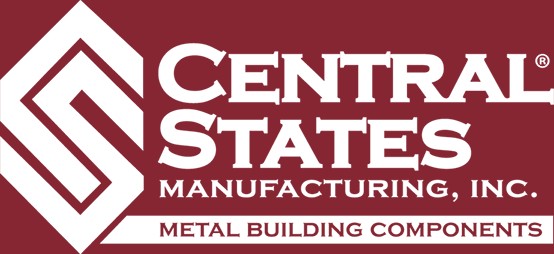Metal Roofing
Metal Roofing has become more popular in recent years and lends itself to a unique appearance on modern homes. While it is still rare to find an entire home done in standing seam steel, accent sections are somewhat more popular, especially in copper above bay windows. The costs are a bit higher when compared to asphalt roofing, which is the main reason it has not become as popular in Minnesota. In areas that are hurricane prone, you will tend to see a lot more steel roofing as it is very resistant to wind damage.
Metal Roofing Types
Whether you are looking for roofing that will last for a very long time or just want to stand out of the crowd, take a look at the different options metal roofing has to offer.
Standing Seam
This type of metal roofing has no exposed fasteners. The panels snap or lock together and are often held in by cleats that are fastened to the roof deck at the panel seam or by a tab near the edge of the seam that is covered by the next neighboring panel. This is usually done in steel but sometimes is done in copper. 29 gauge steel is the thinnest and least expensive option. We prefer 26 gauge at minimum but ideally the thicker 24 gauge steel. With thicker steel there is less oil canning(rippling during temperature changes) and it holds up better to wear and tear as well as hail damage. It also provides a better fit and finish overall. Do keep in mind, all steel roofing is subject to oil canning, this is unavoidable and will come and go with temperature changes.
Exposed Fastener
This steel roofing is commonly found on pole barns and outbuildings. It is less expensive for both material and installation than standing seam. It does not provide the same finished look as standing seam but tends to suit outbuildings just fine. Exposed Fastener is not recommended for use on your home.
Flat Seam
This metal roofing is made by soldering smaller sections of steel or copper sheet metal together. This method is typically used on small sections of flat roofing or curved barrel roofs. Not typically done on larger areas as it would require too many pieces and welds. This would also not allow for expansion and contraction with temperature changes.
Connect with Us
Let's Get In Touch
Please contact us for more information about our services or to request a quote.







